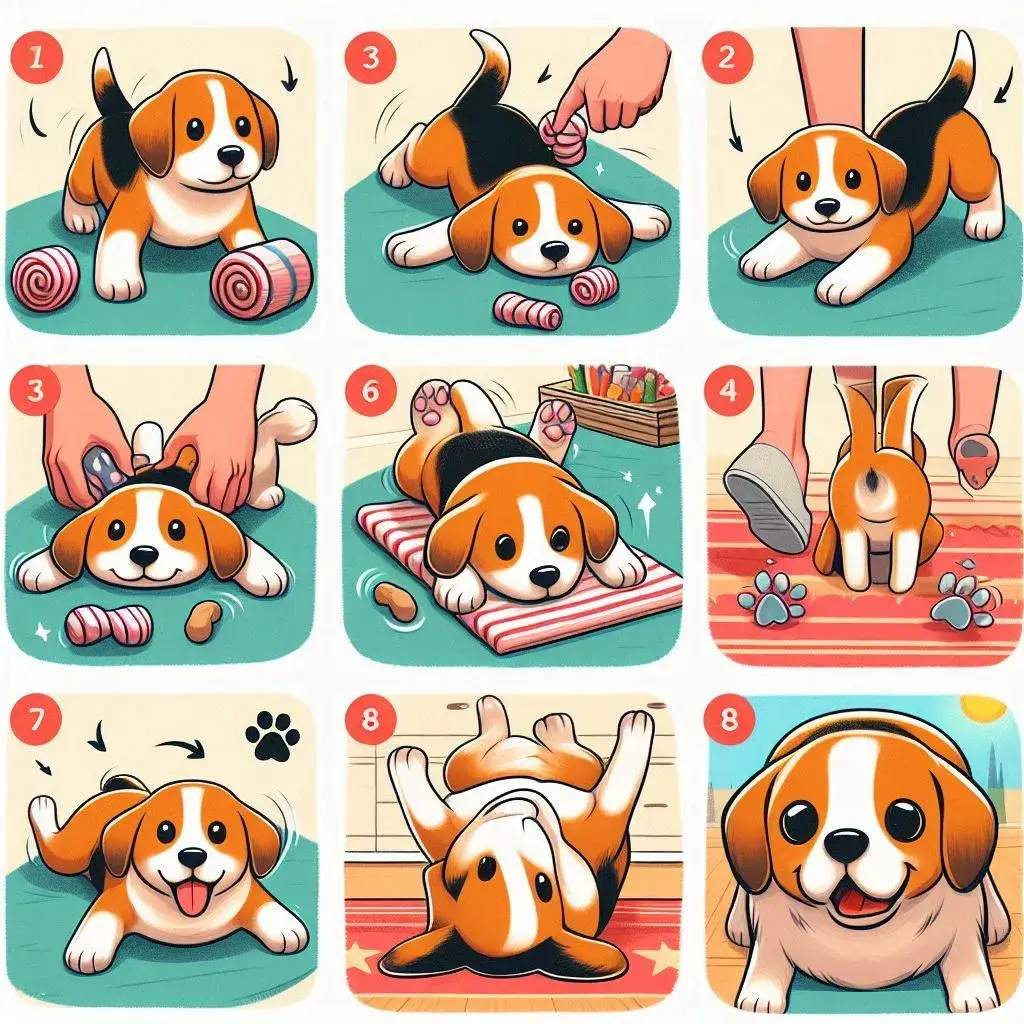Training your dog to roll over is a fantastic way to bond and have fun together. This trick not only impresses but also provides mental stimulation for your dog. Remember to be patient, use positive reinforcement, and enjoy the process. Your dog’s new skill will be a testament to your dedication and their intelligence.
Importance of Dog Training
Dog training is essential for a harmonious relationship between you and your pet. It helps establish boundaries, ensures safety, and enhances communication. Training your dog to perform tricks like rolling over can also improve their obedience and boost their confidence.
Preparing for Training
Before diving into the actual training process, it’s crucial to set the stage for success. Proper preparation ensures that both you and your dog are ready for the training sessions.
Gathering Necessary Tools
To effectively teach your dog to roll over, you’ll need a few key tools:
- High-value treats
- A clicker (if you use clicker training)
- A quiet and comfortable training space
- Patience and a positive attitude
Step-by-Step Guide
Let’s dive into the detailed steps to teach your dog to roll over.
Step 1: Prepare Your Training Environment
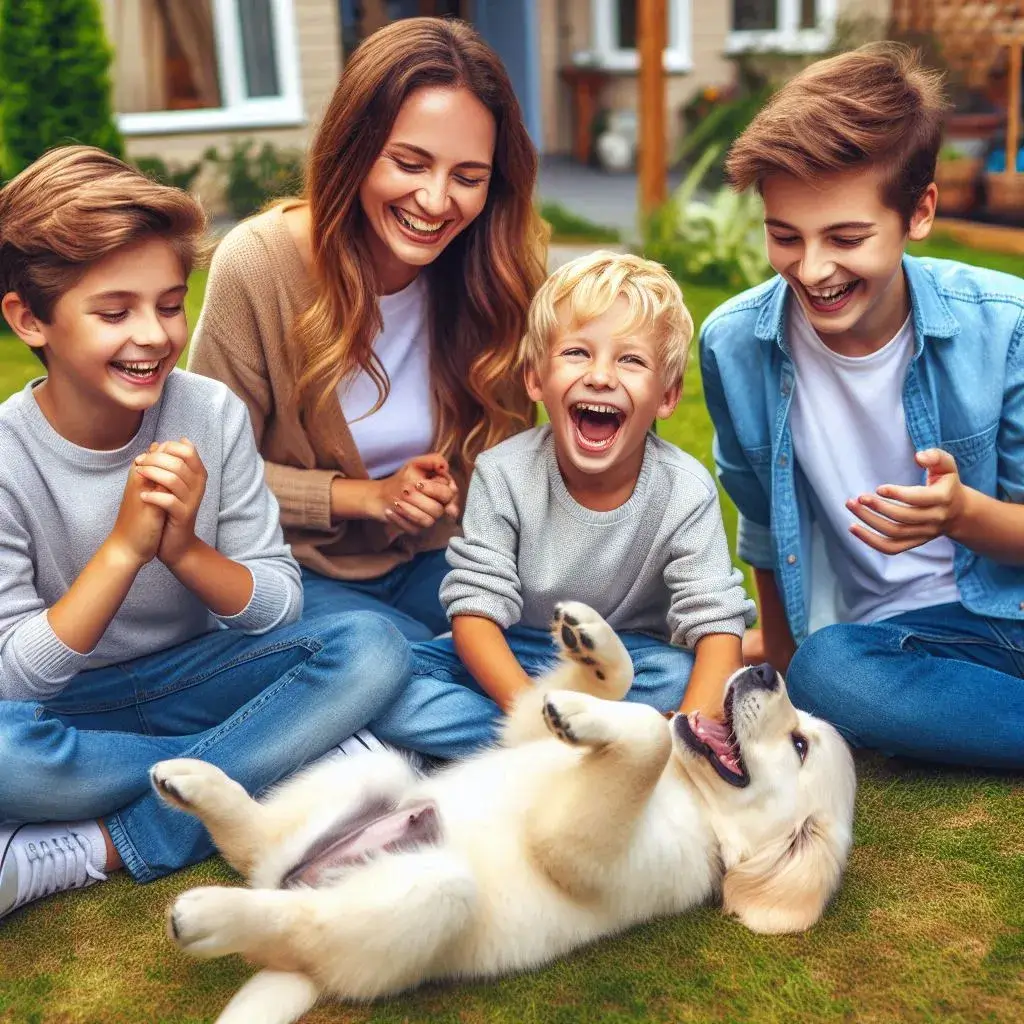
Before you start training, ensure you have a quiet and comfortable space free from distractions. This will help your dog focus on the task at hand.
Step 2: Command Your Dog to Lie Down
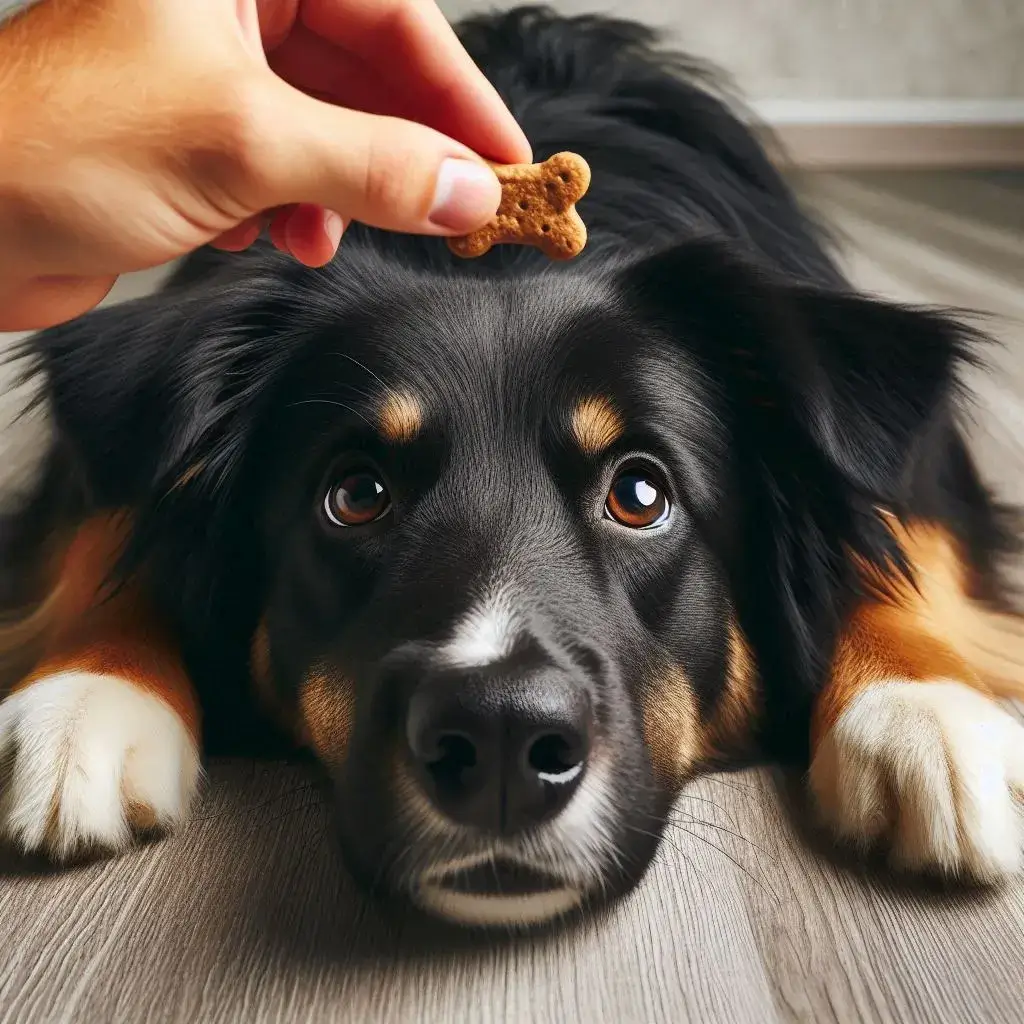
Begin by asking your dog to lie down. If your dog doesn’t already know this command, you’ll need to teach it first. Use a treat to lure your dog into the down position and give the command “lie down.” Reward your dog when it complies.
Step 3: Lure Your Dog with a Treat
Once your dog is lying down, hold a treat close to its nose. Slowly move the treat toward its shoulder, encouraging your dog to turn its head. This movement should naturally cause your dog to shift onto its side.
Step 4: Encourage the Roll Over
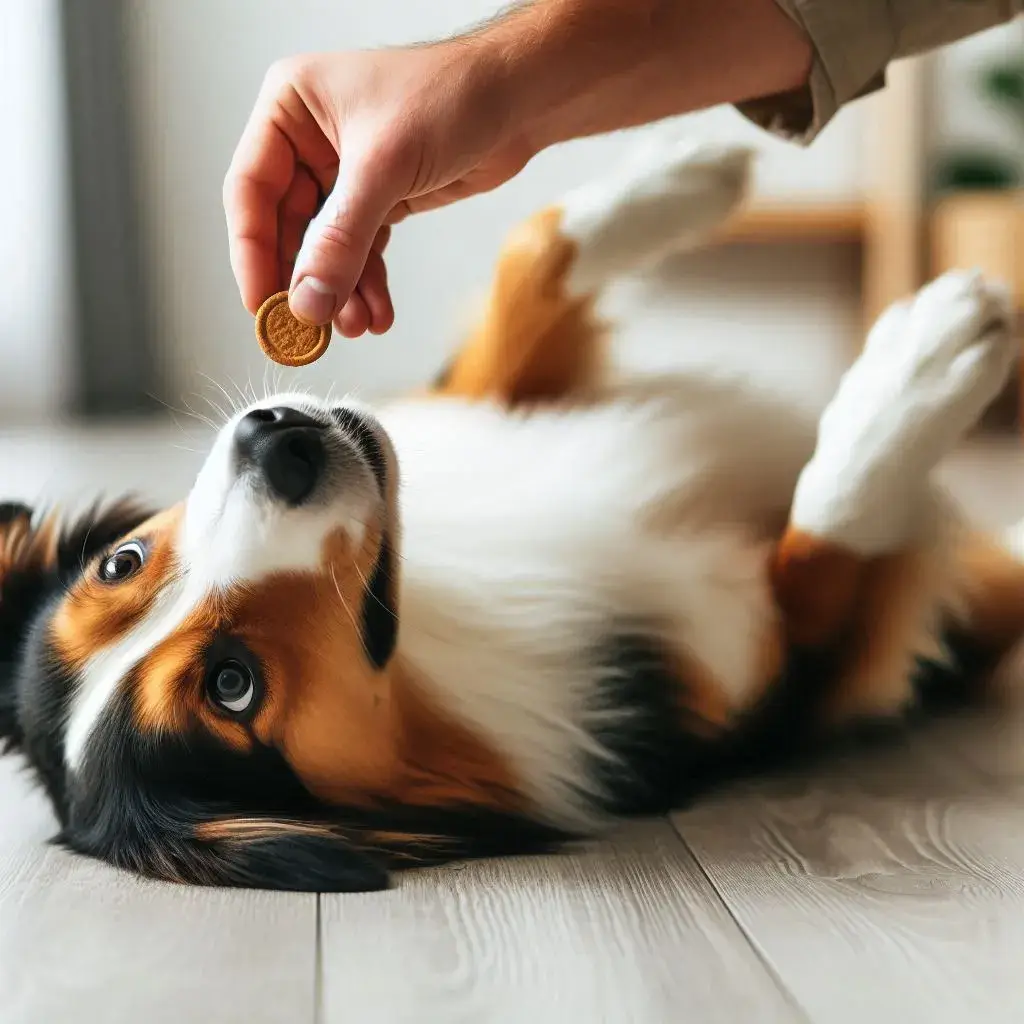
With your dog on its side, continue moving the treat in a circular motion, guiding it over its back. Your dog should follow the treat, rolling onto its back and then onto the other side to complete the roll. Use a verbal cue like “roll over” as your dog acts.
Step 5: Reward and Praise
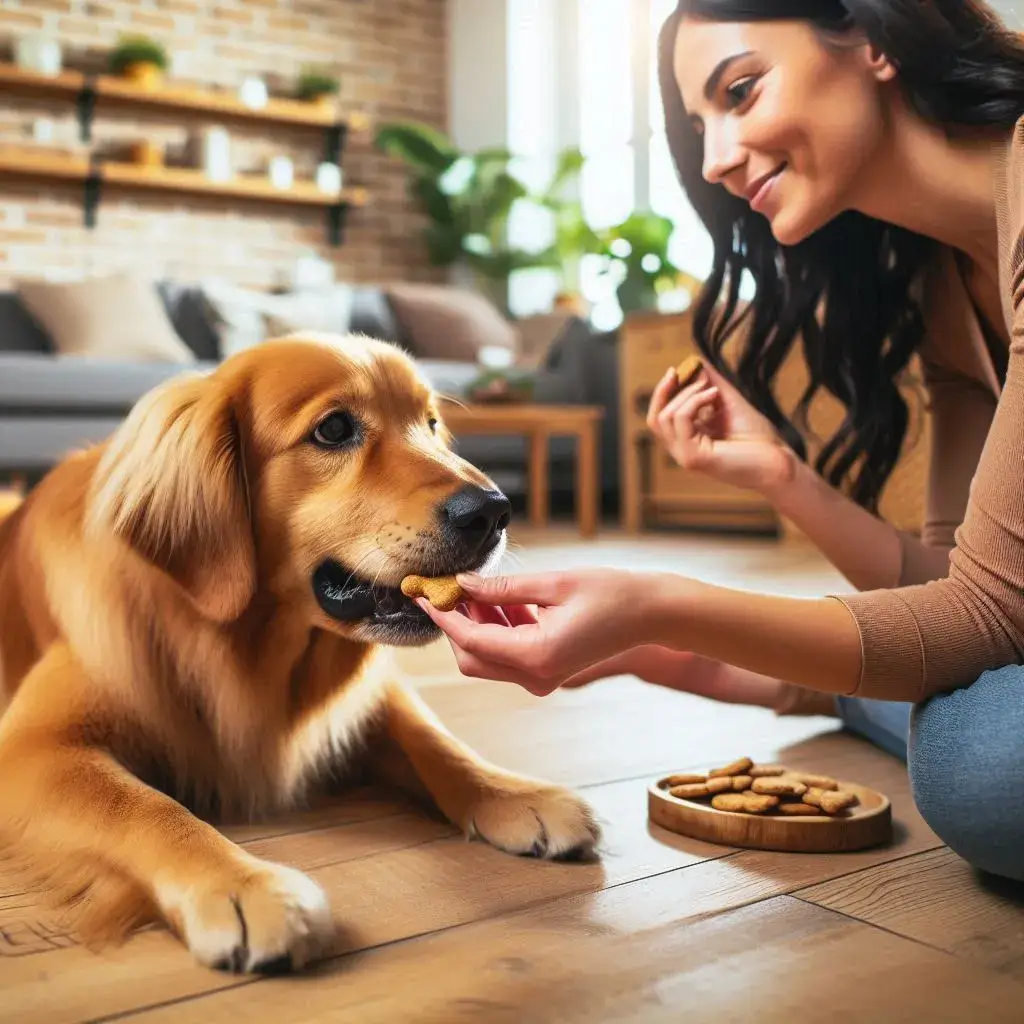
As soon as your dog completes the rollover, give it the treat and lots of praise. Positive reinforcement is key to reinforcing the behavior. Use a clicker if you’re employing clicker training.
Step 6: Practice and Repeat
Repeat this process several times during each training session. Consistency is crucial, so practice a few times each day until your dog understands the command. Keep sessions short and fun to maintain your dog’s interest.
Step 7: Phase Out the Treats
Once your dog reliably rolls over with the lure, start phasing out the treats. Use the hand motion without the treat and continue giving verbal praise. Gradually reduce the frequency of treats, rewarding your dog randomly to keep it motivated.
Tips for Successful Training
Patience is Key
Every dog learns at its own pace. Stay patient and keep training sessions positive.
Using High-Value Treats
Choose treats your dog loves to maintain its interest. High-value treats make training more effective.
Keeping Sessions Short
Limit training sessions to 5-10 minutes to prevent your dog from getting bored or frustrated.
Ending on a Positive Note
Always end training sessions on a positive note, even if your dog hasn’t mastered the trick yet. This keeps the experience enjoyable for your dog.
Common Challenges and Solutions
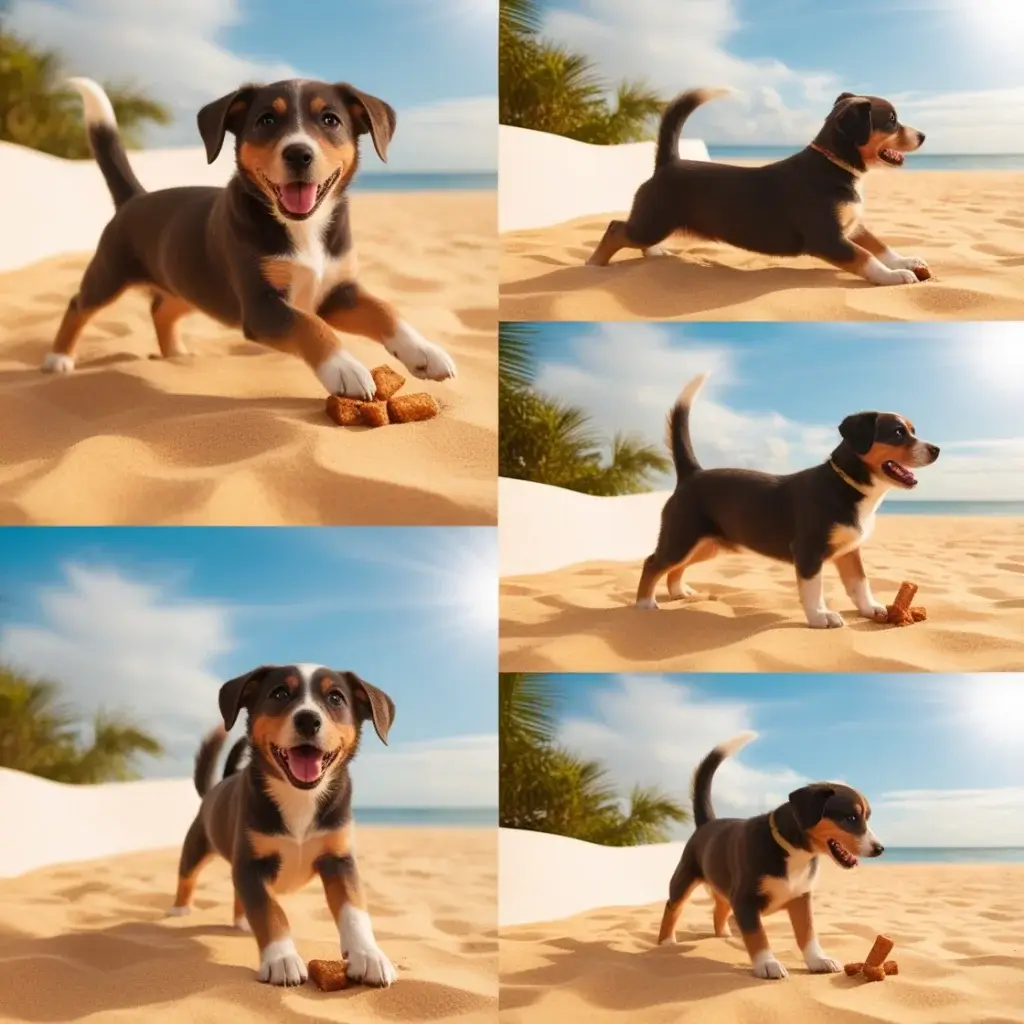
Dog Doesn’t Follow the Treat
If your dog isn’t following the treat, try using a higher-value treat or a different type of lure, like a toy.
Dog Rolls Halfway
If your dog stops halfway, practice the movement more slowly and use more exaggerated motions.
Dog Loses Interest
Keep training sessions engaging and reward your dog frequently to maintain its interest.
Advanced Training Tips
Adding Verbal Cues
Once your dog starts understanding the trick, introduce the verbal cue “roll over” consistently.
Using Hand Signals
Hand signals can be a powerful tool in training. Use clear and consistent hand movements to guide your dog.
Incorporating Clicker Training
Clicker training can enhance the learning process by providing clear, consistent feedback. Click the moment your dog performs the desired behavior.
Benefits of Teaching Tricks
Mental Stimulation
Teaching tricks provide mental exercise for your dog, which is just as important as physical exercise.
Strengthening the Bond
Training sessions strengthen the bond between you and your dog through shared activities and positive interactions.
Enhancing Obedience
Learning new tricks can improve your dog’s overall obedience and responsiveness to commands.
Frequently Asked Questions
What if my dog is not interested in treats?
If your dog isn’t motivated by treats, try using toys or praise as rewards. Find what excites your dog the most.
How long does it take to teach a dog to roll over?
The time it takes varies depending on the dog. Some dogs may learn in a few days, while others might take a few weeks.
Can older dogs learn this trick?
Yes, older dogs can learn new tricks. It might take a bit more time and patience, but with consistent training, they can master it.
Should I use clicker training?
Clicker training can be very effective. It provides clear and immediate feedback, helping your dog understand what behavior is being rewarded.
How often should I train my dog?
Short, frequent training sessions are the most effective. Aim for a few minutes a couple of times a day.
What are other fun tricks to teach my dog?
Besides rolling over, you can teach your dog to shake hands, play dead, spin, and fetch specific items. Each trick builds on your dog’s training foundation.
Conclusion
Training your dog to roll over is a fantastic way to bond and have fun together. This trick not only impresses but also provides mental stimulation for your dog. Remember to be patient, use positive reinforcement, and enjoy the process. Your dog’s new skill will be a testament to your dedication and their intelligence.
